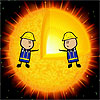The Cosmic Centrifuge
 by Ernest L. Norman
by Ernest L. Norman
In the foregoing article we entered into a frank discussion of certain relative problems which confronted the nuclear physicist at this present time in his attempt to duplicate solar energy, and to create for the world an abundance of power. 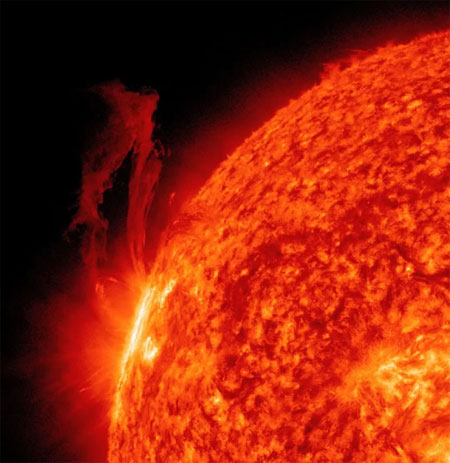 The various statistics were drawn from up-to-the-minute scientific findings and summaries of these findings. The author does not vouch for their accuracy; instead, he would like to point out these various findings of today are just as inaccurate as the findings of yesterday which have been replaced by the present findings.
The various statistics were drawn from up-to-the-minute scientific findings and summaries of these findings. The author does not vouch for their accuracy; instead, he would like to point out these various findings of today are just as inaccurate as the findings of yesterday which have been replaced by the present findings.
For instance, but a few years ago, the mean temperature of the sun was believed to be 35 million degrees. Today scientists think it may be three or four hundred million degrees. The truth is, they do not know, simply because the temperature of the sun cannot be measured, for it has no temperature; as a matter of fact, heat itself is a complete illusion, just as are all of the various other elements involved in present-day scientific concepts.
“There’s still a lot scientists don’t understand about the sun, and that makes it hard for them to make good predictions about when and where it will spew material into space. The temperature and the size of the sun’s atmosphere, called the corona, make no sense according to the laws of physics as we currently understand them. The corona is huge and diaphanous, yet super hot, much hotter than the sun’s visible surface, which doesn’t make sense: It’s as if the air around a campfire was much hotter than the flames themselves, a violation of basic thermodynamics. Exactly how the sun unleashes violent bubbles of energy and magnetism, called coronal mass ejections, is also a mystery. And we still don’t understand how the solar wind, a constant outflow of particles, gas and radiation that buffets all the planets, breaks away from the sun’s atmosphere or how it reaches supersonic speeds as it flies outward into space.” ~ Rebecca Boyle
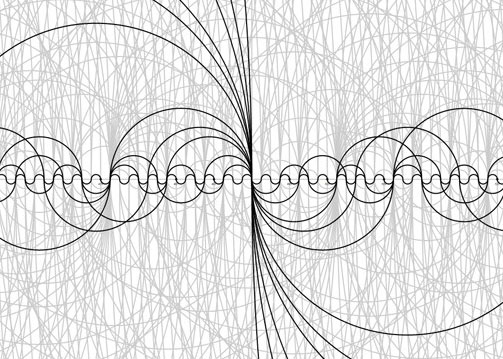 In previous texts presented by the author, numerous references were made to an obvious and conclusive fact: That all existing third dimensional elements including heat and light, could be properly understood, only when they were reduced to their original source as pure energy, and that atoms, heat, light, etc., are only secondary regenerations of these various interdimensional energies.
In previous texts presented by the author, numerous references were made to an obvious and conclusive fact: That all existing third dimensional elements including heat and light, could be properly understood, only when they were reduced to their original source as pure energy, and that atoms, heat, light, etc., are only secondary regenerations of these various interdimensional energies.
To measure heat — as is commonly supposed to exist by science — means that we must place a thermocouple into this so-called hydrogen source. This thermocouple consists of a metal rod which is actually composed of two strips of different kinds of metal welded together and attached to this rod; on one end, is a copper wire which conducts 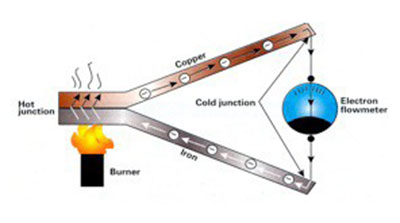 electricity to a meter which has a dial marked off in numbers and a moving pointer. When the metal rod is placed in the heat source, the atoms in the two different kinds of metal begin to vibrate more rapidly. This causes a certain plus-minus condition in electromagnetic fields, which is expressed as a quanta of electrical energy, which travels up the wire into the meter causing the pointer to move forward, according to how much energy is being conducted by the metal rod.
electricity to a meter which has a dial marked off in numbers and a moving pointer. When the metal rod is placed in the heat source, the atoms in the two different kinds of metal begin to vibrate more rapidly. This causes a certain plus-minus condition in electromagnetic fields, which is expressed as a quanta of electrical energy, which travels up the wire into the meter causing the pointer to move forward, according to how much energy is being conducted by the metal rod.
It is obvious that the scientist does not possess a thermocouple which would reach across 93 million miles of space whereby he could, more accurately, measure this so-called heat; even if he were able to do so, the metal rod would be instantly disintegrated because it could not compensate for the extreme energy conduction which it would have to undergo, if it were plunged into the chromosphere of the sun. This means then, that the scientist has had to calculate, according to certain reactive conditions, which he has set up on the surface of the earth. This is something like trying to measure heat from a candle flame burning in a nearby state. It has not occurred to the scientist, despite his knowledge of electrical energies, that heat is a certain quanta of energy, produced by first creating some kind of hysteresis into a group of atomic constituents.
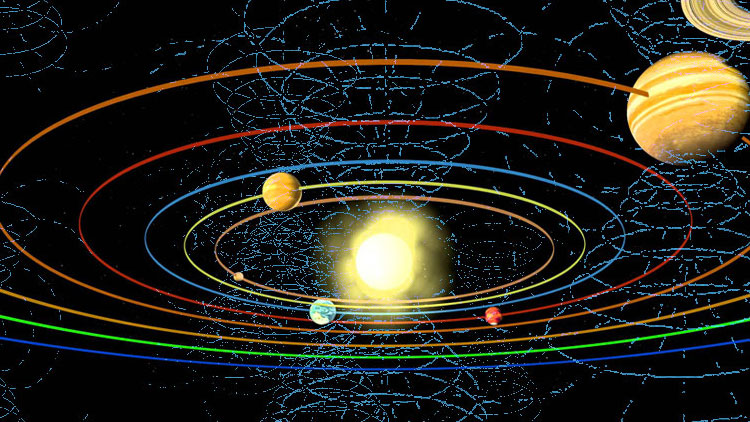 This hysteresis re-reactive mass of atoms, must come in contact with another mass of atoms and again create the secondary set of harmonic regenerations. This second set of regenerations are thought by the scientist to be heat.
This hysteresis re-reactive mass of atoms, must come in contact with another mass of atoms and again create the secondary set of harmonic regenerations. This second set of regenerations are thought by the scientist to be heat.
 Take an ordinary thermometer for instance; it is a glass tube container, and a small drop of mercury. Mercury is a metal which is liquid at ordinary temperatures. The inside of the glass tube is a complete vacuum. Now, certain wave forms of electrical energy pass through the electromagnetic fields of the various atoms which comprise the air surrounding the outside surface of the glass tube. This creates a secondary group of energy wave forms. These in turn, strike and radiate into the electromagnetic fields of atoms comprising the glass walls of the tube, finally into the mercury itself.
Take an ordinary thermometer for instance; it is a glass tube container, and a small drop of mercury. Mercury is a metal which is liquid at ordinary temperatures. The inside of the glass tube is a complete vacuum. Now, certain wave forms of electrical energy pass through the electromagnetic fields of the various atoms which comprise the air surrounding the outside surface of the glass tube. This creates a secondary group of energy wave forms. These in turn, strike and radiate into the electromagnetic fields of atoms comprising the glass walls of the tube, finally into the mercury itself.
When these secondary wave forms strike the electromagnetic fields of the atoms of mercury, they become excited and expand. They puff up, as it were, in their attempt to absorb this extra energy. This energy is not heat, because the mercury does not become hot. However, it does rise in the tube because of the expansion. Like water, mercury will vaporize if it absorbs too much 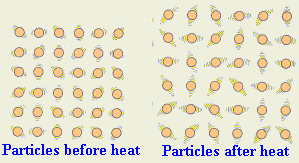 energy. In all cases, that which the scientist believes to be heat, is only a certain reactive condition involving the expansion of various atoms because they absorb a certain quanta of energy, and the rate of absorption is called heat, by the scientist. He has not measured the cause of this expansion; he has only compared its effect in his relationship to other types of similar effects which are going on around him. Therefore, heat is actually nonexistent, as is light, and various other factors connected with the currently existing theories of science. While there are very apparent contradictions everywhere about us in more immediate relative terms, as they concern everyone, let us point out other and greater contradictions which exist in the present-day nuclear physics.
energy. In all cases, that which the scientist believes to be heat, is only a certain reactive condition involving the expansion of various atoms because they absorb a certain quanta of energy, and the rate of absorption is called heat, by the scientist. He has not measured the cause of this expansion; he has only compared its effect in his relationship to other types of similar effects which are going on around him. Therefore, heat is actually nonexistent, as is light, and various other factors connected with the currently existing theories of science. While there are very apparent contradictions everywhere about us in more immediate relative terms, as they concern everyone, let us point out other and greater contradictions which exist in the present-day nuclear physics.
Just as we have previously discussed, the scientist is trying to build a nuclear furnace which he can use to create power 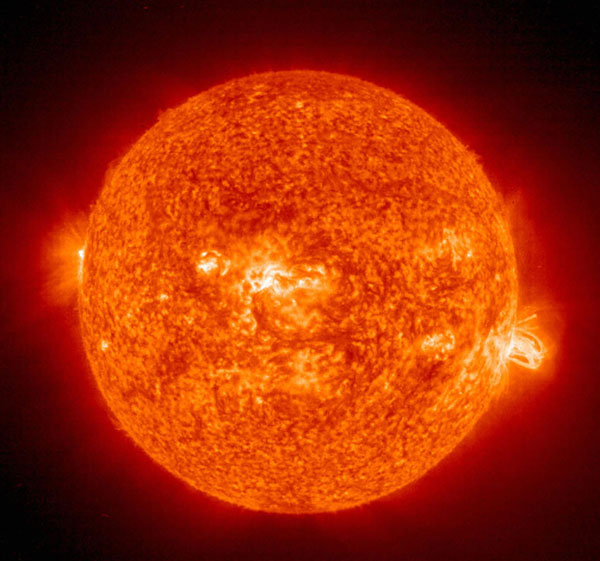 by nuclear fusion. He knows that there is a huge ball of energy hanging in the sky which he calls the sun, which is already producing vast amounts of energy and has been for many billions of years; and so far as he knows, it will continue to do so for many more billions of years.
by nuclear fusion. He knows that there is a huge ball of energy hanging in the sky which he calls the sun, which is already producing vast amounts of energy and has been for many billions of years; and so far as he knows, it will continue to do so for many more billions of years.
It seems very apparent at this moment that this great solar nuclear fusion furnace is so functioning in complete violation of his presently known laws of nuclear physics; for this sun is so functioning – according to science – in a complete vacuum which (also according to the scientist), must have a mean temperature of 473 degrees, or absolute zero. How then does the scientist compensate for this obvious contradiction?
In his fusion furnace, which he hopes to build, he must maintain a temperature of 100 million degrees plus, in the area with the immediate atomically fusing hydrogen. He knows if the walls of his furnace are cooler than this temperature, fusion stops. How then does the sun maintain its constant steady state of fusion in a temperature of absolute zero?
Also while we are asking questions, what originally gave the sun its trigger-action of 100 million or more degrees; and 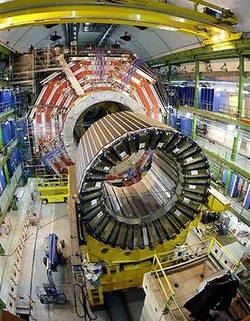 what unknown force keeps this triggering action going on? Of course the scientist cannot answer these questions; but far worse than this display of ignorance, is his continued efforts to synthetically create a nuclear science based upon this same ignorance. Amazingly enough, the scientist has already partially created a nuclear fusion furnace in an entirely different and unsuspected area of his nuclear science: Specifically, the cyclotron, which was created by the scientists in their attempt to split the atom.
what unknown force keeps this triggering action going on? Of course the scientist cannot answer these questions; but far worse than this display of ignorance, is his continued efforts to synthetically create a nuclear science based upon this same ignorance. Amazingly enough, the scientist has already partially created a nuclear fusion furnace in an entirely different and unsuspected area of his nuclear science: Specifically, the cyclotron, which was created by the scientists in their attempt to split the atom.
A cyclotron is simply a huge circle of very powerful horseshoe magnets. By using a stream of electrical energy, these magnets begin to kick this energy around within the circumference of this circle between their various respective poles. This is done by creating oscillating positive and negative conditions in respect to the passing electrical energies; this action accelerates the electrons which comprise this energy, to a point where they assume incredible speed, and which are shot into certain kinds of atoms similar, in theory, to rifle bullets, hoping that by chance one of these bullets will strike the core of another atom and split it.
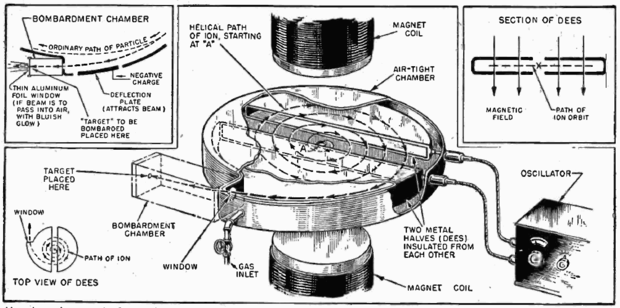 What the scientist hopes to achieve by this, is still rather vague even to the scientist. He has yet to achieve any kind of a direct photographic or other reactive knowledge of what actually happens when an atom is split.
What the scientist hopes to achieve by this, is still rather vague even to the scientist. He has yet to achieve any kind of a direct photographic or other reactive knowledge of what actually happens when an atom is split.
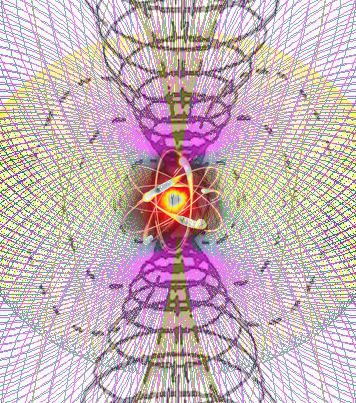 This whole procedure is very analogous to a man who takes his automobile apart to see what makes it run, when he could sit down in his easy chair and read a book all about automobiles; so it is with the scientist, as the evidence of cosmic hysteresis is like an open book everywhere about him, and the relationship of the atom to this cosmic hysteresis is also quite evidential. There is no need to take his atomic atom apart, no more than the small boy who takes his watch apart to see what makes it tick.
This whole procedure is very analogous to a man who takes his automobile apart to see what makes it run, when he could sit down in his easy chair and read a book all about automobiles; so it is with the scientist, as the evidence of cosmic hysteresis is like an open book everywhere about him, and the relationship of the atom to this cosmic hysteresis is also quite evidential. There is no need to take his atomic atom apart, no more than the small boy who takes his watch apart to see what makes it tick.
Excerpt from Infinite Contact
Part II coming soon.
Posted in Book Excerpts, Infinite Contactwith comments disabled.


